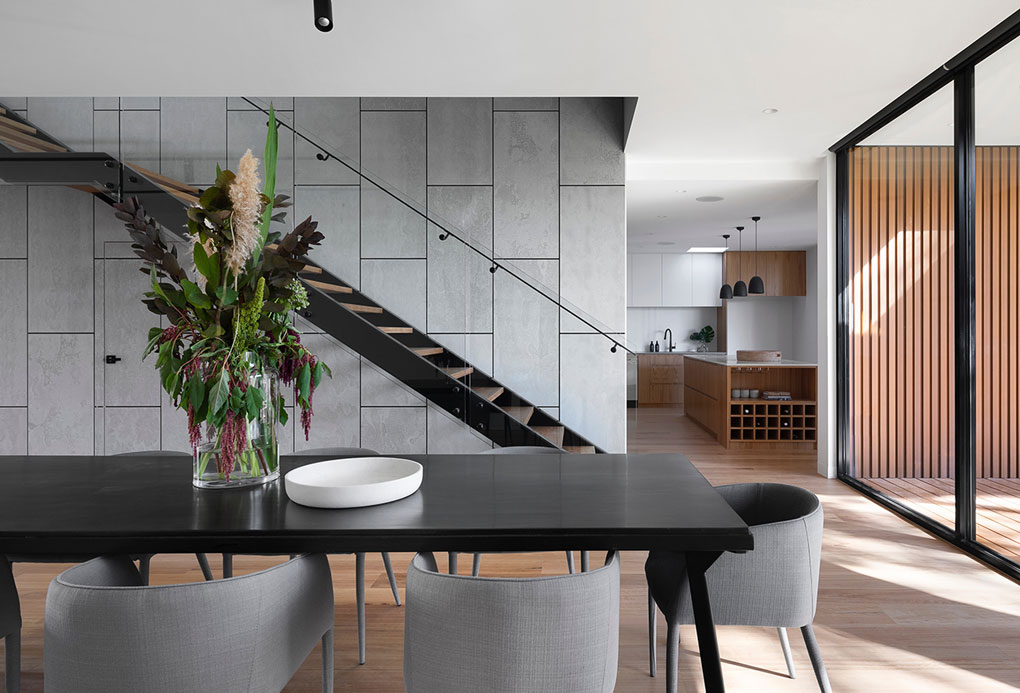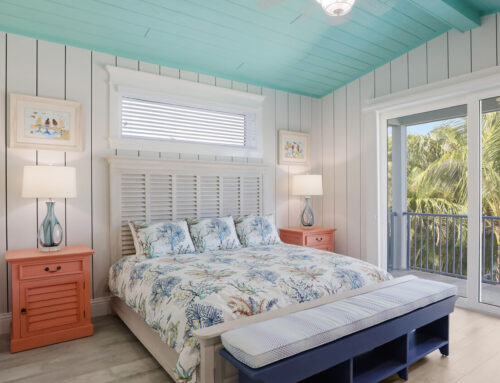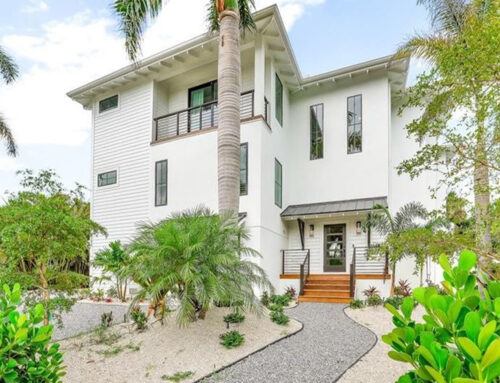Investing in commercial real estate represents a significant opportunity for investors looking to diversify their portfolios and capitalize on the potential for substantial returns. However, beyond location, market trends, and financial analysis, architectural considerations play a pivotal role in determining the success of a commercial real estate investment. Understanding these aspects can not only enhance the property’s value but also its appeal to tenants and their customers.
The Foundation of Investment: Structural Integrity and Longevity
The longevity of a commercial building is foundational to its investment value. Investors should prioritize properties designed with durable materials and modern construction methods to ensure long-term structural integrity. Regular maintenance and updates are also crucial in preserving the building’s condition and functionality, affecting tenant satisfaction and the property’s overall marketability.
Design Efficiency and Flexibility: Meeting Diverse Business Needs
Commercial properties must cater to a wide range of business operations, from retail and offices to warehouses and manufacturing. Efficient use of space, including the adaptability of floor plans and the availability of modular spaces, can make a property more attractive to potential tenants. Properties that offer flexible space solutions can adapt to changing tenant needs, ensuring a broader market appeal and sustained occupancy rates.
Sustainability and Energy Efficiency: A Growing Priority
Sustainability has become a key consideration in commercial real estate. Buildings with eco-friendly designs, energy-efficient systems, and green certifications, such as LEED, appeal to a growing segment of environmentally conscious tenants. Investing in properties that prioritize sustainability can lead to reduced operational costs, higher tenant retention rates, and an overall increase in property value.
Accessibility and Compliance: Ensuring Universal Design
Accessibility and adherence to regulatory standards are non-negotiable in commercial architecture. Properties must comply with local building codes, including the Americans with Disabilities Act (ADA) in the U.S., to ensure they are accessible to all individuals. Ensuring your property meets these regulations not only avoids legal complications but also broadens its appeal to a wider audience, enhancing its rental and resale prospects.
The Impact on Value and Appeal
Architectural considerations directly impact a property’s appeal and its potential to attract and retain high-quality tenants. Aesthetically pleasing designs, combined with functional spaces, sustainability, and compliance, can elevate a property’s status in the commercial market. These factors, when carefully evaluated, can significantly influence the property’s profitability and investment return.
Making Informed Investments
The architectural aspects of commercial real estate investments are critical in determining their success and sustainability. By focusing on structural integrity, design efficiency, sustainability, and compliance, investors can make informed decisions that maximize the potential of their commercial real estate ventures. As the market continues to evolve, these considerations will remain paramount in the selection and development of profitable and appealing commercial properties.





